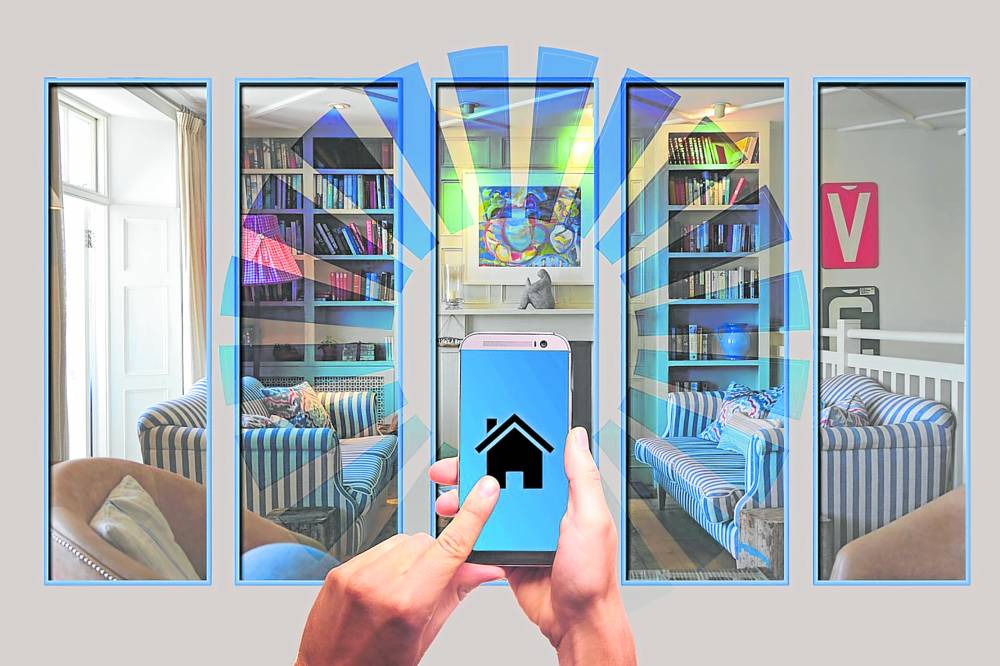What will smart home technology look like in 10 years?

The Internet of Things ecosystem will continue to increase rapidly, linking a growing number of devices and appliances in our homes.
It’s quite dangerous to try and predict the future. If one went by the “Back to the Future” movie as a source, you’d expect flying cars and hoverboards to be mainstream products already.
However, some technological trends have a more linear progression. For example, while we didn’t know that social media would take the directions it has (Myspace falling over, the rise of Tiktok), even in the late 2000s we knew it was here to stay, and would grow rapidly while changing the shape of communications forever.
Smart home devices could be said to be at the same stage as social media in that timeframe during the late 2000s. We know that there will be tremendous change and innovation over the next decade, but pinpointing the exact areas is a little more nebulous. Here are a few exciting new smart home developments we believe will become more accessible over the next 10 years.
IOT (Internet of Things) expansion
The Internet of Things ecosystem will continue to increase rapidly, linking a growing number of devices and appliances in our homes. Everyday white goods and furniture such as refrigerators, washing machines, and even sofas will have sensors and internet connectivity, allowing them to speak with one another and deliver important data. This interconnection will optimize energy consumption, automate maintenance, and provide a unified user experience.
Voice and gesture control
Although voice and gesture control are already ubiquitous, the next decade will witness considerable advancements in these types of interfaces. Voice recognition algorithms will improve in accuracy and understanding of context, allowing us to manage a broader range of gadgets with natural language. Gesture control will also evolve, relying on better sensors, Augmented Reality (AR) systems, and computer vision algorithms to accurately identify and understand our gestures.
Article continues after this advertisementThese advancements will make it easier to engage with smart gadgets, operate multiple devices, and improve user experiences.
Article continues after this advertisementAugmented and virtual reality home integration
As augmented reality (AR) and virtual reality (VR) technology progress, they will inevitably make their way into our smart homes.
AR will enable us to superimpose virtual information on our physical surroundings, giving real time data and visualizations for improved productivity, entertainment, and even home maintenance tasks. VR will turn our living rooms into immersive worlds for gaming, virtual social gatherings, and even virtual tours of distant cities, adding new dimensions to the concept of home entertainment. It could even make the humble television a thing of the past!
Smart cities, smart homes
We believe the integration of smart homes and smart cities will be a major trend in the coming decade.
Intelligent transportation networks, energy grids, and trash management will work together with smart homes to produce sustainable, efficient urban environments. Smart homes may also interact with public transportation networks to optimize commute patterns or to coordinate energy consumption to support load balancing.
As a result of this integration, the urban environment will be more in sync and responsive.
Home AI systems
We should expect major breakthroughs in AI integration within smart homes during the next decade.
Intelligent virtual assistants, such as Amazon Alexa or Google Assistant, will become even more intuitive as they learn about our preferences, habits, and requirements. AI will analyze data from various sensors and gadgets in real time to make personalized recommendations and automate mundane operations, making our homes smarter and more efficient.
This is by no means an exhaustive list. I’m sure there will be developments in smart home technology that aren’t even on the radar right now! However, increased adoption of smart home technology will continue fueling the technological ecosystem and driving innovation and development. What do you see happening over the next decade?
The author is the COO and digital co-founder of PropertyAccess